Say the word “Luzon” to most people and they’ll picture geography: the largest island in the Philippines, home to Manila, the capital. But rarely does anyone ask what the name itself means. Like many colonial inheritances, it is taken for granted, treated as if it were simply always there. Yet the name carries a story that predates maps, flags, and European ships.
It’s a… Thing.
In his 1994 book Barangay: Sixteenth-Century Philippine Culture and Society, historian William Henry Scott pointed out that “Luzon” is believed to come from lusong, the large wooden mortar once used for pounding rice. It is a humble object — a block of carved wood, hollowed at the center, struck rhythmically with a heavy pestle. This tool was central to daily life across the archipelago and the very fact that an island would take its name from such an object suggests how deeply tied its people were to the cultivation and trade of rice.
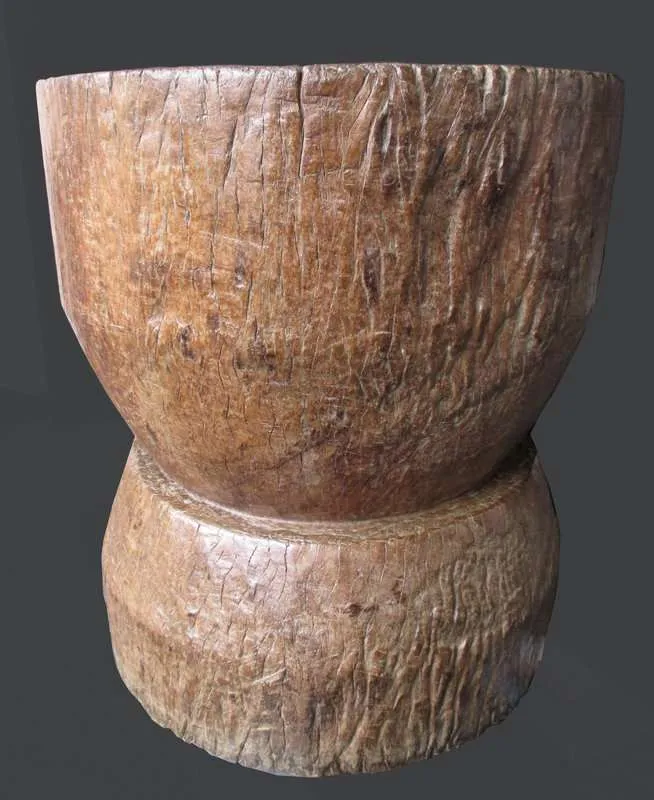
Before Magellan.
Centuries before the arrival of Spainish galleons, Luzon was already well known in the region. The Chinese geographer Zhao Rugua, writing in 1225 in his Zhu Fan Zhi (“Records of Foreign Lands”), described the island’s role in supplying rice and forest products to the bustling ports of Fujian. Fujian is where we find modern day Xiamen. Later, Ming dynasty records preserved in the Ming Shilu (the Veritable Records of the Ming, compiled between 1372 and 1609) provide detailed accounts of traders from Fujian sailing regularly to Luzon. Anthropologist Laura Junker, in her 1999 study Raiding, Trading, and Feasting, adds that merchants from Siam, Champa, and even Japan were drawn here. To them, Luzon was a rice-rich hub, a place of abundance and exchange of food, gold, and luxury goods.
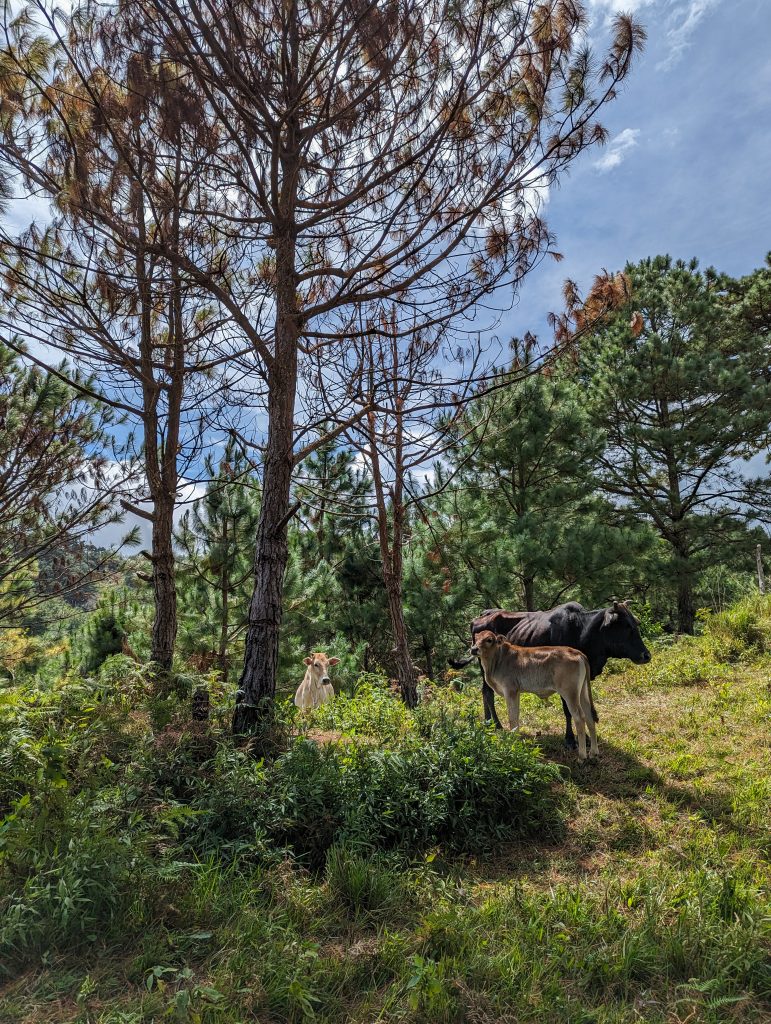
When the Spanish arrived in the sixteenth century, they imposed their own order, grafting European institutions onto local life. Yet the name “Luzon” endured as the friars and officials who wrote accounts in the 1500s and 1600s continued to call the island by the word that local communities themselves had long used. Even in colonial texts such as Antonio de Morga’s Sucesos de las Islas Filipinas (1609), we see “Luzon” as the constant, a native name that outlived conquest. It is who we were before, and it is who we are.
A River Runs Through It.
That continuity is not abstract to us. As farmers on this island, we have used the lusong too — not for rice, but for coffee. For the first few years of harvest, we would stand around the mortar and strike the cherry parchment until the beans emerged. The sound is steady and communal. You have to take turns. It is work, but it is also ritual, tying us to generations who struck the same rhythm with rice. Many might see the practice as outdated beside the machines of modern agriculture — and since it is, we’ve also updated our own machinery and methods. But we still keep our lusong around because we respect how it connects us to our homeland, keeping alive a history that outsiders rarely notice.
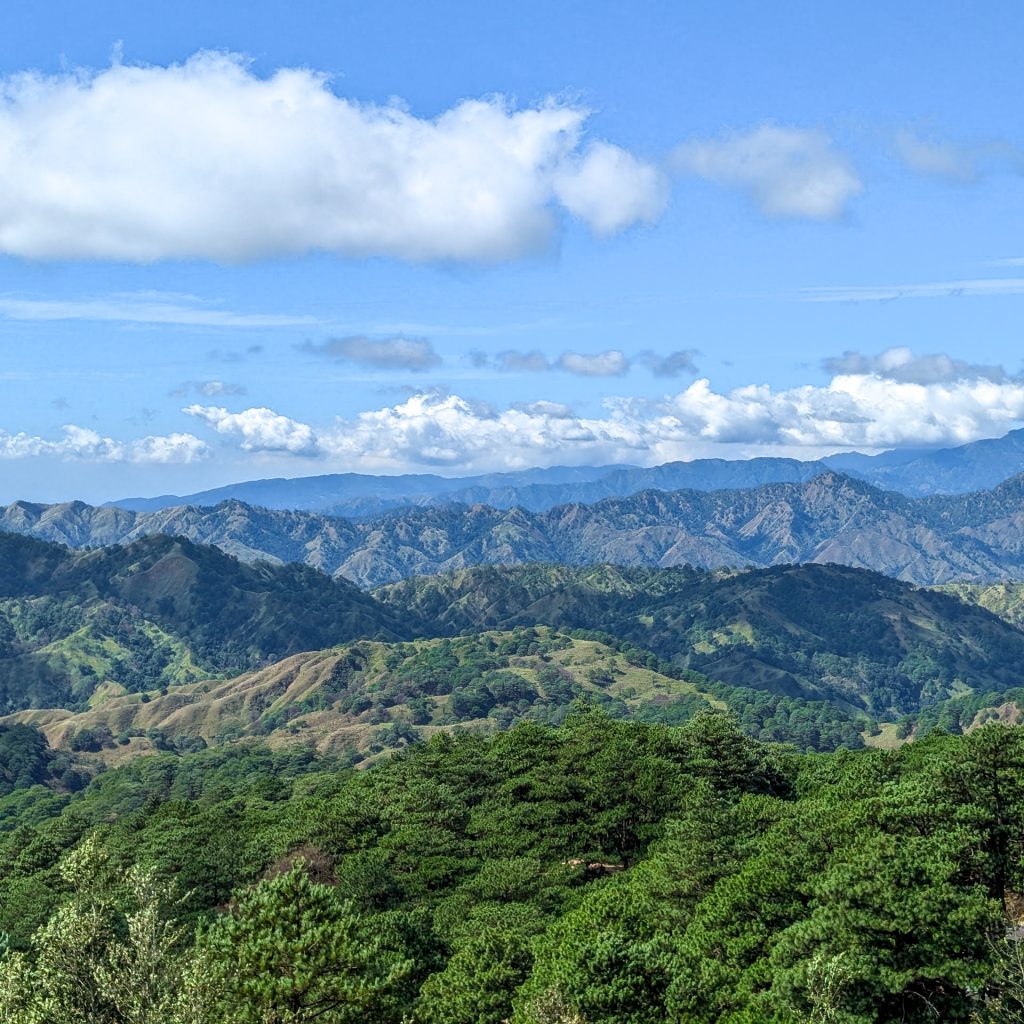
Coffee, of course, was not always here. Historian Teodoro Agoncillo, in History of the Filipino People (1990), traces its introduction to the 18th century, when colonial authorities sought to diversify crops for Spanish galleons and European markets. Later, in the American period, coffee became part of a broader export economy. But for much of its history in the Philippines, coffee was tied to systems that exploited both labor and land.
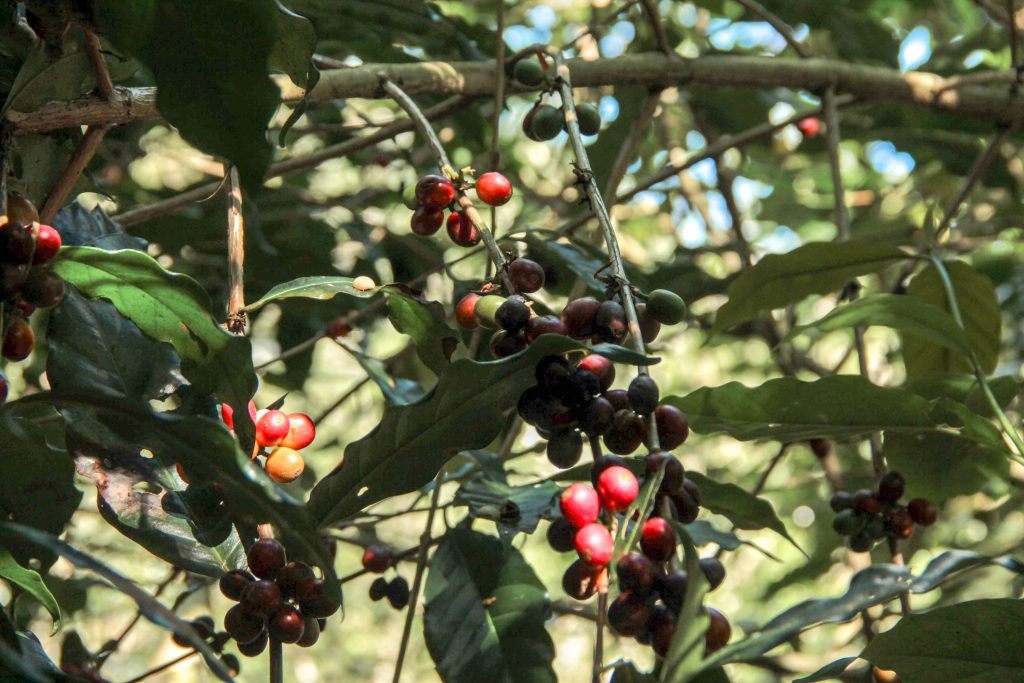
It is only in more recent decades that communities like ours have begun to reclaim it, reshaping it as a crop of identity and rebuilding. Luzon Coffee Company’s flagship Nueva Viscaya coffees were planted in the Salacsac Pass as an effort to combat deforestation. In that respect, it is not only rebuilding, but also rebellion against the forces of climate change that tries to take more from us daily.
Can You Hear It?
To us, the lusong is more than a tool. We see it as a time machine that connects a millenia of Filipinos to this moment. Each strike of the pestle creates a thump that insists that farming is not just production but culture. It is the stomp of our foot to the ground in defiance of colonialism, where they have told us that the product we farm is not for us, but for them. It is the stomp of our foot in defiance of globalized coffee pricing that refuses to pay our farmers their due and the cost of coffee’s intrinsic value. Thump. Thump. Thump.
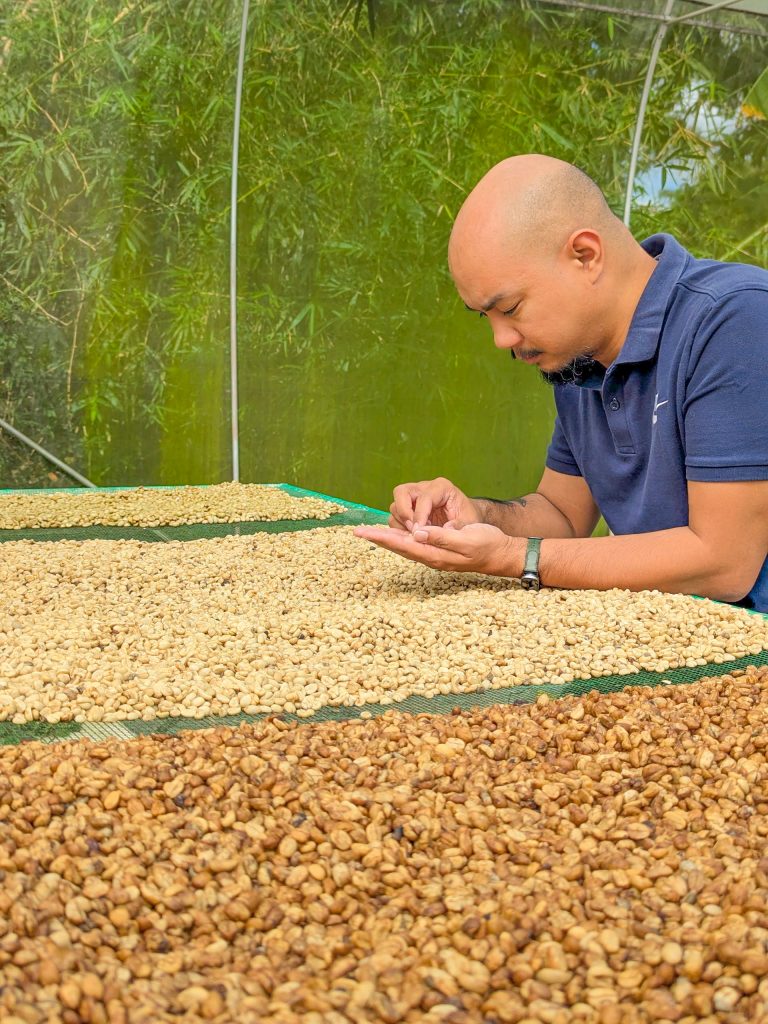
What gives our harvest meaning is not only flavor or altitude or processing. It is the memory of hands that have worked mortars for hundreds of years. In many ways, this is what the word “Luzon” has always carried. The thump of the lusong is the sound of transformation. Antonio de Morga once described the island’s people as industrious in their use of local tools, and Zhao Rugua marveled at our grain. Those outside observers, centuries apart, were hearing echoes of the same thing. Thump. Thump. Thump.
Coffee is not just commodity. Coffee is our inheritance. When we reveal a coffee bean from its parchment, we are not only preparing a beverage; we are affirming that agriculture in Luzon has always been communal, always tied to exchange, and always rooted in identity. It is who we are and you can taste it. Taste the rhythm of our people. Taste the flavor of our heritage. Every cup of Luzon coffee carries that sound within it. Thump. Thump. Thump.
READ MORE:


